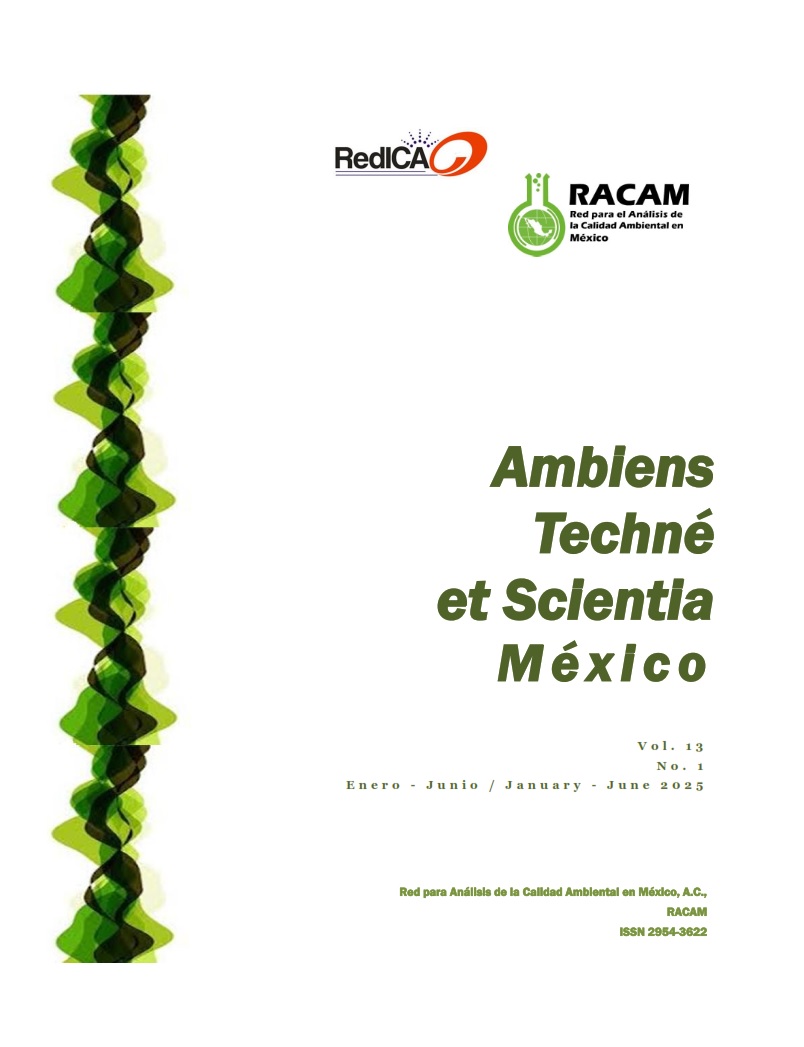Trajectory modeling and dose estimation in Mexico City due to an unintentional release of radioactive material from the Laguna Nuclear Power Plant
Keywords:
Hysplit, dose, rajectories, scenario, Xalapa, Port of VeracruzAbstract
The theoretical radiation dose in Mexico City (CDMX) from a possible unintentional release of radioactive material into the atmosphere was estimated. To identify the possible dose, trajectories were computed starting at the Laguna Verde Nuclear Power Plant with a 12-hour journey for a set of days in the years 2019-2020, using the integrated hybrid Lagrangian single-particle trajectory model (Hysplit) and weather forecast information. From the trajectories generated for each year, those from the month where trajectories were observed that would reach Mexico City (CDMX) were selected and all the trajectories for all hours of that month were computed. From this set of trajectories, the one that would reach CDMX was selected and dispersion modeling was performed to determine the concentration it could generate in the environment and thereby calculate the dose. To estimate the dose, an emission similar to that of Fukushima was considered and the trajectory would have a displacement of up to 24 hours. It was observed that most of the trajectories were grouped to the east of the Sierra Madre Oriental and could reach Poza Rica de Hidalgo, Xalapa de Enríquez and the Port of Veracruz. If a hypothetical emission of 5 PBq for one hour is considered in the month of October 2019 and in August 2020, it is observed that the dispersion reaches Mexico City, which would represent a dose of 0.01 to 1 mSv in 24 hours.
Downloads
Downloads
Published
Issue
Section
License
Copyright (c) 2025 Ambiens Techné et Scientia México

This work is licensed under a Creative Commons Attribution-NonCommercial 4.0 International License.



